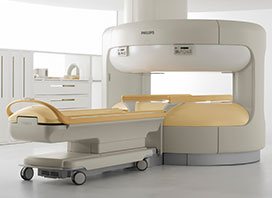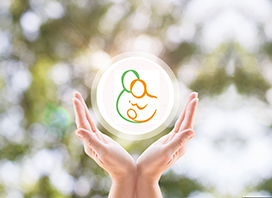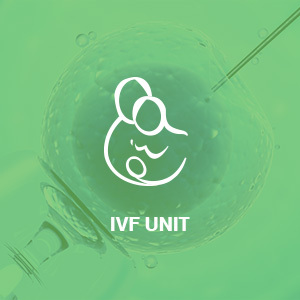ADVICES ON BREASTFEEDING

Breastfeeding is a gift of nature and every mother is able to breastfeed. A few tips and a proper nursing position are enough in order to enjoy this unique experience.
- Start breastfeeding within the first half hour after childbirth. The sooner and the more often after childbirth you breastfeed the baby, the sooner the milk comes out, and its amount increases
- Having the newborn stay with you 24 hours a day (rooming in) while in the Maternity Hospital
- Breastfeeding without time restrictions. The baby breastfeeds when he/she wants and as long as he/she wants, day and night. Each baby has different needs
- No administration of liquids. The milk contains 87% water and the naturally delivered newborn, that is properly breastfeeding, does not need extra fluids
- Use only your soap and water on your chest once a day during your bath. Before breastfeeding you do not have to clean your chest locally
- Use a suitable bra during breastfeeding, which will hold your breast without pressing it, while it keeps your nipples dry and clean
- Injured nipples or pain during breastfeeding means that a wrong technique is being used. In this case, take the baby off your chest and try to place it again, until you achieve the correct position and posture or ask for help from experienced and specially trained staff
Diet and Breastfeeding
The Mother’s Milk constitutes complete feed for the baby, so you should take care of your own diet.
- Consume a wide variety of foods by taking all the necessary nutrients in order to produce milk
- Add three main meals (breakfast, lunch, dinner) to your diet and consume small meals
- Avoid processed foods, white sugar sweets, as well as saturated fat foods. Prefer olive oil that contains polyunsaturated acids
- Limit the consumption of allergenic foods such as citrus fruits and eggs
- During breastfeeding, drink water or a glass of cold milk because there is an intense sense of thirst as the body needs more liquid to produce milk
Suitable position for breastfeeding
Breastfeeding in the first 24 hours of the newborn's life is done by both breasts respectively at each meal. Start breastfeeding without giving a specific breastfeeding time to the newborn. After the third 24 hours start breastfeeding from one breast for each meal.
- Sit back with your back at a right angle either in bed or in an armchair
- Place the baby in front of you so that your baby's belly and your tummy is facing each other
- Another convenient way is to put a pillow beside you. Then, embrace the baby's body with your arm resting on his/her neck. With your palm, approach the baby in front of your chest
- Try to have your baby's mouth with your nipple in a conceivable straight line
- Hold your breast correctly. Place the four fingers under your breast and thumb away from the hay feeder
- When the baby is trying to find your chest, open his/her mouth well, push his/her head slightly towards the chest rather than your chest towards the baby's mouth
- As soon as the baby approaches the nipple, open his/her mouth and grasp the nipple. Then try to give him/her the nipple and let the baby breastfeed
- Removing the baby from the chest should be done by placing your finger on the baby's mouth and never pulling it off the breast, as this may injure your nipples
- As soon as you finish breastfeeding, hold your baby ina hug position so that his/her head rests on his/her shoulder. Then with your hand scrub gently or rhythmically hit his/her back.
24-hour Breastfeeding Communication Open Line:


















